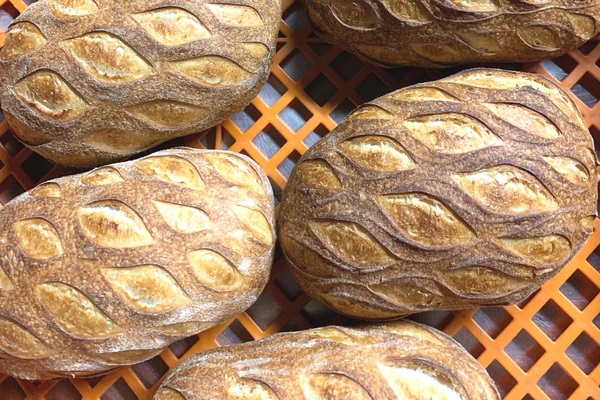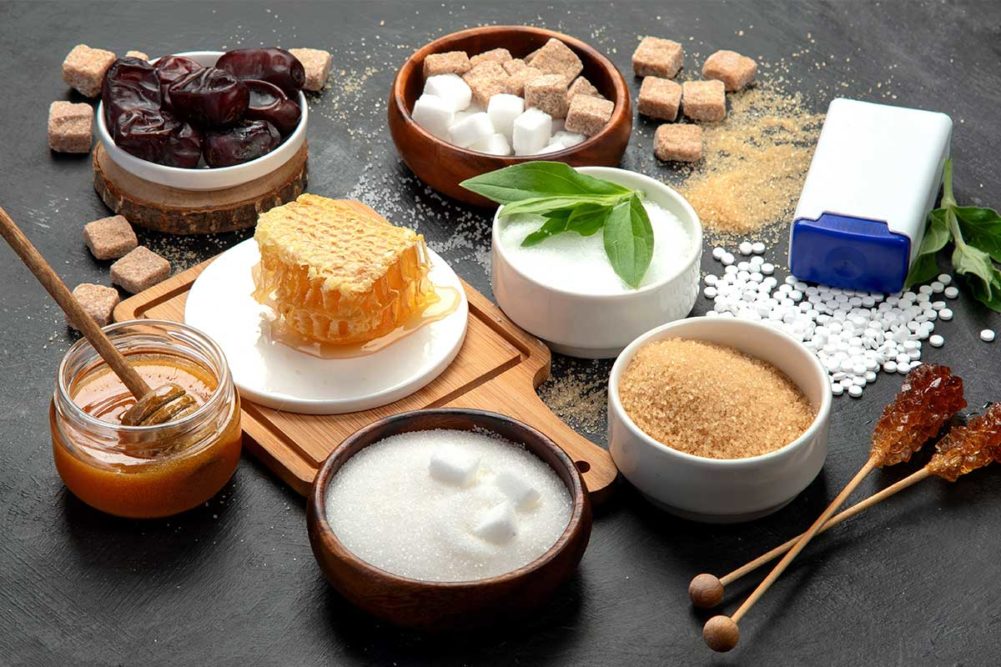Sourdough Starters and Fermentation: A Baking Journey

Have you ever wondered how bakers achieve those deliciously tangy and chewy sourdough breads? It all starts with a sourdough starter and the process of fermentation. Join us on a baking journey as we explore the fascinating world of sourdough starters and fermentation.
The Magic of Sourdough Starters

A sourdough starter is a natural leavening agent that is made by fermenting flour and water. It consists of wild yeast and lactic acid bacteria, which are naturally present in the environment. Creating a sourdough starter is like capturing a piece of nature’s magic in your kitchen.
To make a sourdough starter, you simply mix equal parts of flour and water and let it sit at room temperature. Over time, the mixture will start to ferment, thanks to the wild yeast and bacteria present in the air and on the flour. Regular feedings of flour and water will help develop a robust and active starter.
Each sourdough starter has its own unique flavor profile, influenced by the local environment and the types of flour used. Some starters may produce a more mild and subtle flavor, while others may have a more pronounced sourness. The possibilities are endless, making sourdough baking a truly creative and personal experience.
The Fermentation Process
Once you have a healthy sourdough starter, you can start your baking journey. Fermentation is a crucial step in the sourdough bread-making process. It is during fermentation that the wild yeast and bacteria in the starter break down the complex carbohydrates in the flour, releasing carbon dioxide and creating those beautiful air pockets in the bread.
The fermentation process is all about time and temperature. The longer you let the dough ferment, the more complex flavors will develop. The temperature also plays a role in controlling fermentation. Cooler temperatures slow down fermentation, while warmer temperatures speed it up. Finding the right balance is key to achieving the desired flavor and texture in your bread.
The Benefits of Sourdough

Sourdough bread offers numerous benefits that set it apart from commercially produced bread. The long fermentation process breaks down gluten, making it easier to digest for those with gluten sensitivities. The lactic acid produced during fermentation also helps improve the nutritional value of the bread by increasing the bioavailability of minerals.
Additionally, sourdough bread has a lower glycemic index compared to regular bread, which means it causes a slower rise in blood sugar levels. This makes it a healthier option for those watching their blood sugar levels.
Sourdough baking is not just about the end product, but also about the journey. It requires patience, experimentation, and a deep understanding of the fermentation process. Each loaf of sourdough bread tells a story, reflecting the unique characteristics of the starter and the baker’s touch.
Embark on a baking journey with sourdough starters and fermentation, and discover the art and science behind creating delicious and nutritious sourdough bread. From capturing the magic of a wild yeast culture to mastering the fermentation process, sourdough baking offers a world of possibilities for bakers of all levels. So, grab your flour, water, and patience, and let the aroma of freshly baked sourdough fill your home.



